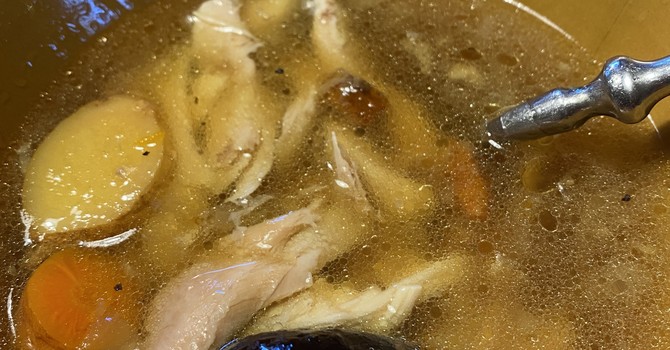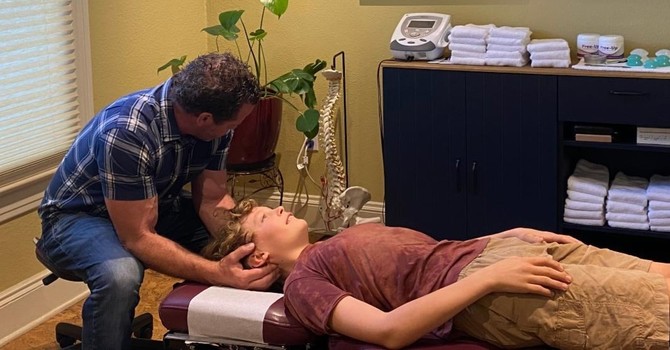-
North Portland Wellness Center
Office Hours
Sunday: Closed
Monday: 11am -7pm
Tuesday: 8:30am - 7pm
Wednesday: 8:30am - 7pm
Thursday: 8:30am - 7pm
Friday: 8:30am - 4:30pm
Saturday: 8:30am - 2pm
Contact
-
Phone:
(503) 493-9398 -
Fax:
(503) 493-9518
© 2025 North Portland Wellness Center. All Rights Reserved.
|
Login










